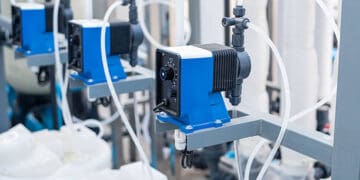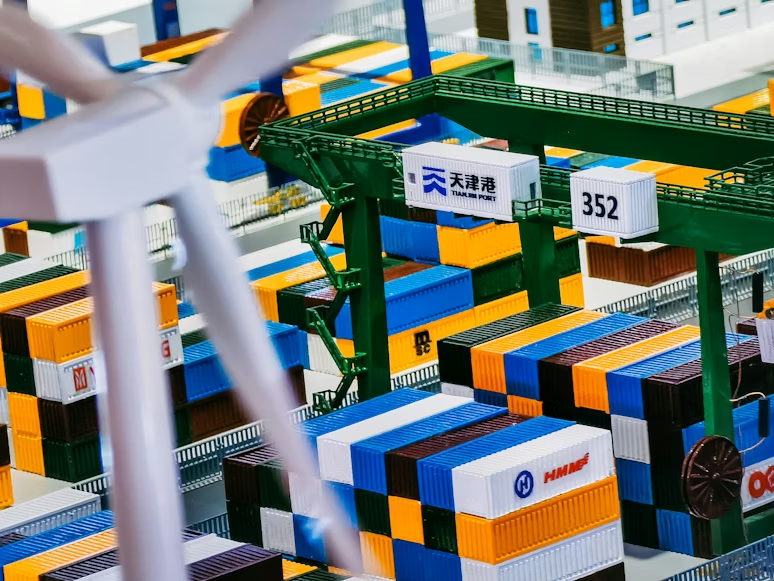PepsiCo, a global manufacturer with a significant reliance on water for its products, is actively working towards becoming net water positive by 2030. This ambitious goal involves replenishing more water than the company uses, particularly in high-risk watersheds. PepsiCo’s commitment places it on a path to becoming one of the most water-efficient food or beverage manufacturers in these critical areas.
According to David Grant, PepsiCo’s senior director of global climate and water solutions, achieving this objective requires innovation, information sharing, and collaboration with suppliers and local communities. Grant emphasized the collective effort needed in an interview with Supply Chain Dive, stating, “We need everyone on this journey.”
NASA estimates the Earth contains over 326 million trillion gallons of water, but only a fraction is freshwater. With increasing challenges like droughts and climate change effects, the urgency to conserve this vital resource is growing. PepsiCo’s approach to reducing water usage focuses on internal efficiency through technology and best practices. Additionally, the company is engaging with local watersheds and farmers who supply ingredients.
Significant advancements have been made in PepsiCo’s regional operations. In India, the company developed a method to reuse water vapor, reducing water consumption. Similarly, a circular project in Mexico resulted in a nearly 70% reduction in freshwater demand over two years, a model now expanded to Brazil. Technological and process enhancements have also led to decreased water usage in PepsiCo’s snack production.
Grant highlighted the importance of collaborating with local communities and governments for watershed conservation. He pointed out that operational water efficiency is not sufficient if the surrounding area faces water scarcity.
Since 2015, PepsiCo has improved its water-use efficiency by 22% and replenished 45% of the water used in high-risk areas. The company has also invested in conservation projects and water-filtration systems to enhance access to clean drinking water.
In 2022, PepsiCo’s water withdrawal was recorded at 78,444 megaliters, a reduction from the previous year and significantly lower than its industry competitor, Coca-Cola.
To spread its knowledge and raise awareness, PepsiCo recently introduced a free online course on Coursera about corporate water stewardship, the impact of water on supply chains, water cycles, and regulatory and ethical frameworks related to water. This course aims to educate both PepsiCo employees and the wider public on crucial water issues.
Your source for supply chain report news updates: The Supply Chain Report. For international trade insights and tools, head to ADAMftd.com.
#PepsiCoWaterSustainability #NetWaterPositive2030 #WaterEfficiencyInnovation #SustainableWaterManagement #WaterStewardship #ClimateAndWaterSolutions #PepsiCoCommunityImpact #CorporateWaterStewardship #FreshwaterConservation #WaterInnovation #SustainableSupplyChains

















